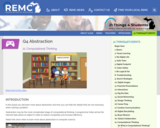
Students learn how to filter out data that is not needed
- Subject:
- Education
- Educational Technology
- Material Type:
- Activity/Lab
- Provider:
- REMC Association of Michigan
- Provider Set:
- 21 Things 4 Students
- Date Added:
- 08/03/2021

Students learn how to filter out data that is not needed

Computational thinking assists students to break down problems into smaller parts so that it is easier to understand and solve them. Abstraction is pulling out specific differences to make one solution work for multiple problems.
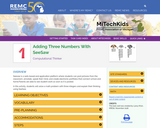
Parents are able to see student work as soon as it is posted. In this activity, students will solve a math problem with three integers and explain their thinking using SeeSaw.
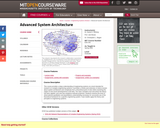
This course provides a deep understanding of engineering systems at a level intended for research on complex engineering systems. It provides a review and extension of what is known about system architecture and complexity from a theoretical point of view while examining the origins of and recent developments in the field. The class considers how and where the theory has been applied, and uses key analytical methods proposed. Students examine the level of observational (qualitative and quantitative) understanding necessary for successful use of the theoretical framework for a specific engineering system. Case studies apply the theory and principles to engineering systems.
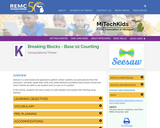
In this activity, students will solve a base 10 math problem and explain their thinking using SeeSaw.
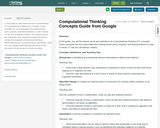
In this guide you will find eleven terms and definitions for Computational Thinking (CT) concepts. These concepts can be incorporated into existing lesson plans, projects, and demonstrations in order to infuse CT into any disciplinary subject.
The original copy of this information was created by Google and shared at https://docs.google.com/document/d/1i0wg-BMG3TdwsShAyH_0Z1xpFnpVcMvpYJceHGWex_c/edit. The only change made has been the format of the document. All information is exactly the same.
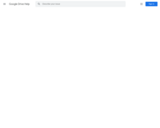
Students use decomposition to collect data and learn multiple ways to visually represent the data they collect.
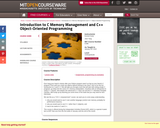
" Ever hang your head in shame after your Python program wasn't as fast as your friend's C program? Ever wish you could use objects without having to use Java? Join us for this fun introduction to C and C++! We will take you through a tour that will start with writing simple C programs, go deep into the caves of C memory manipulation, resurface with an introduction to using C++ classes, dive deeper into advanced C++ class use and the C++ Standard Template Libraries. We'll wrap up by teaching you some tricks of the trade that you may need for tech interviews. We see this as a "C/C++ empowerment" course: we want you to come away understanding why you would want to use C over another language (control over memory, probably for performance reasons), why you would want to use C++ rather than C (objects), and how to be useful in C and C++. This course is offered during the Independent Activities Period (IAP), which is a special 4-week term at MIT that runs from the first week of January until the end of the month."
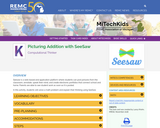
In this activity, students will solve a math problem and explain their thinking using SeeSaw.